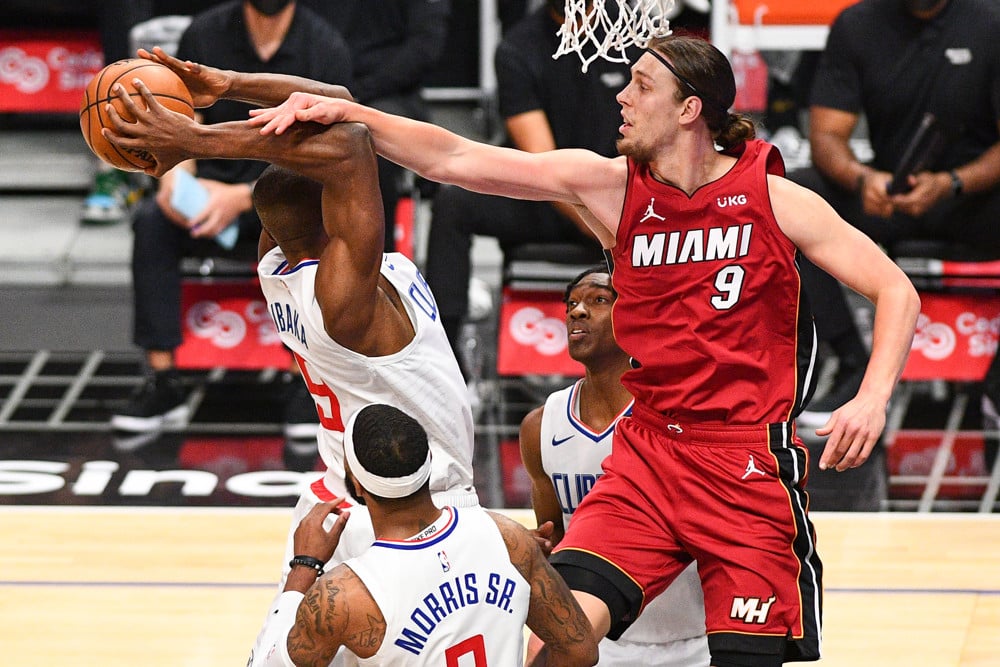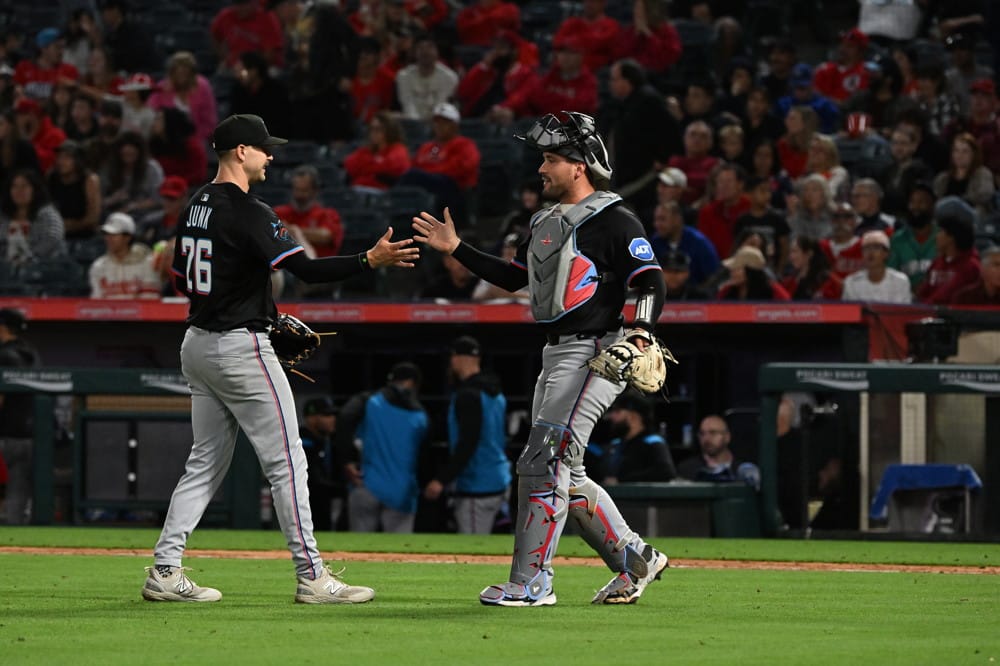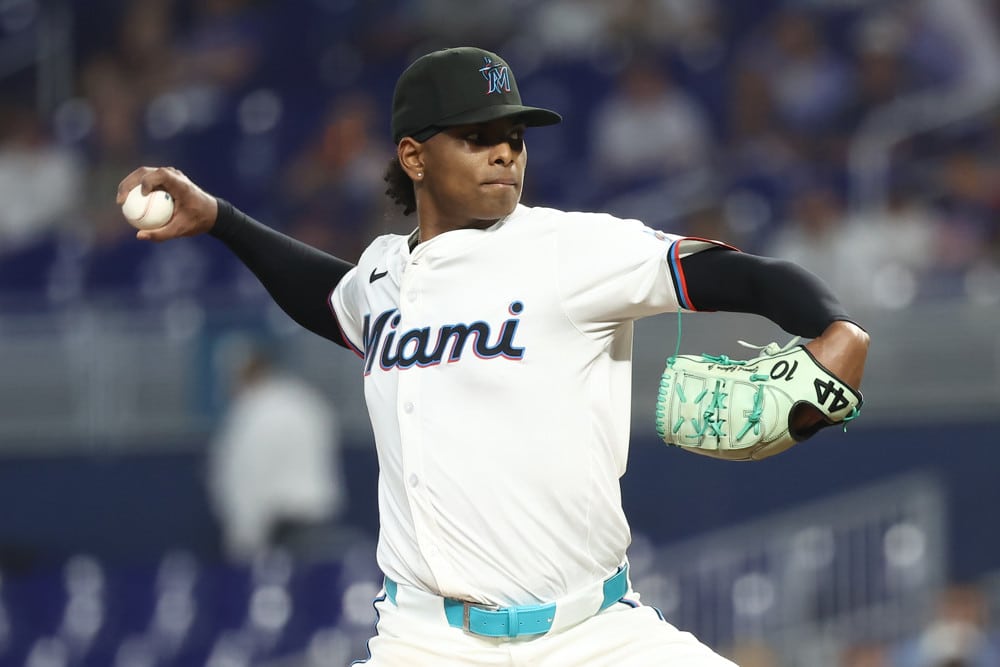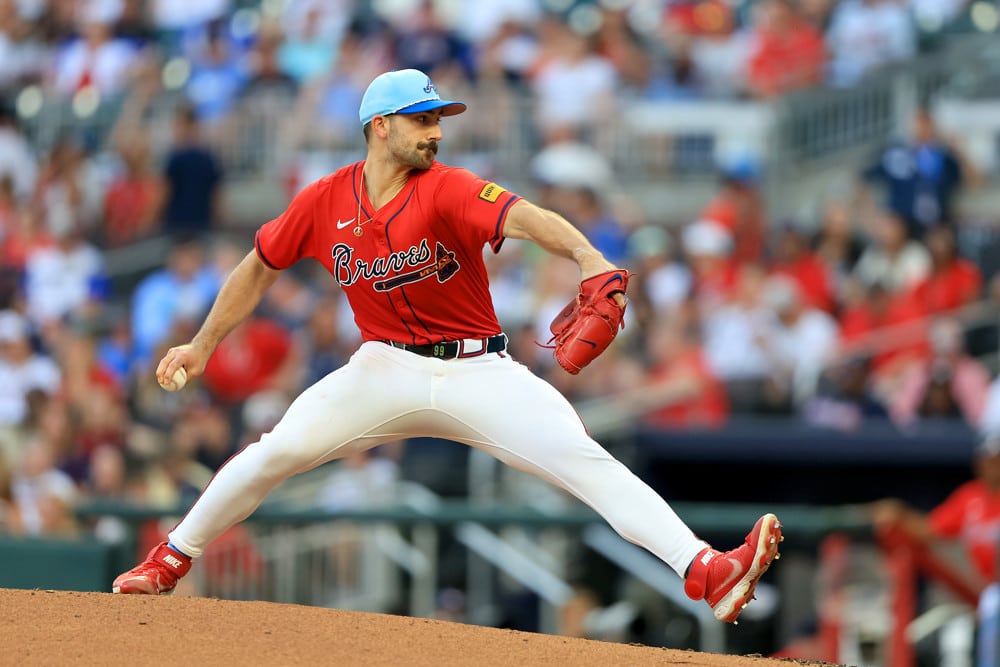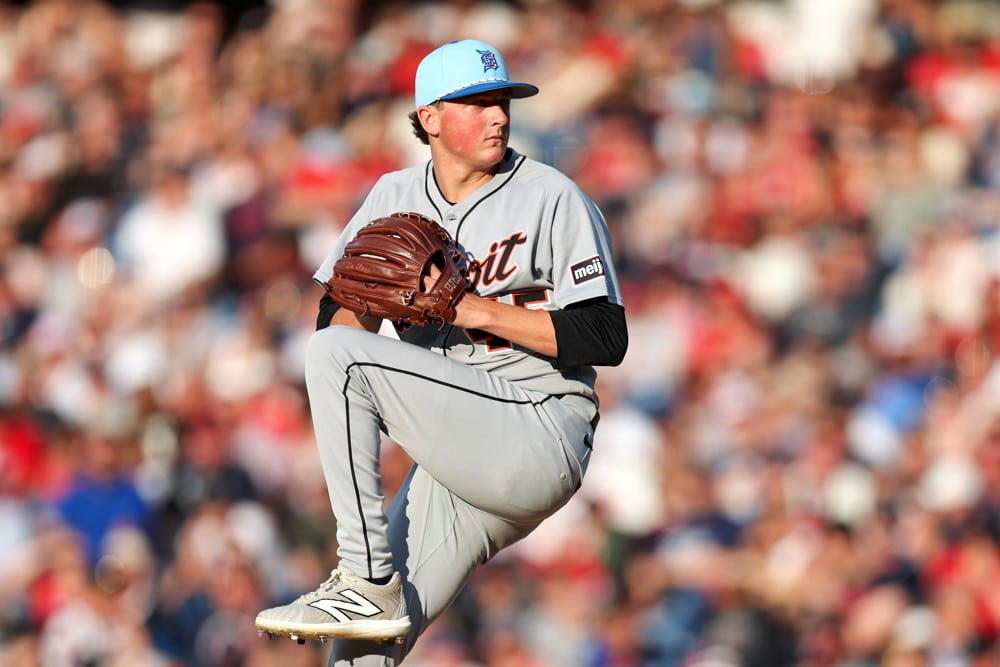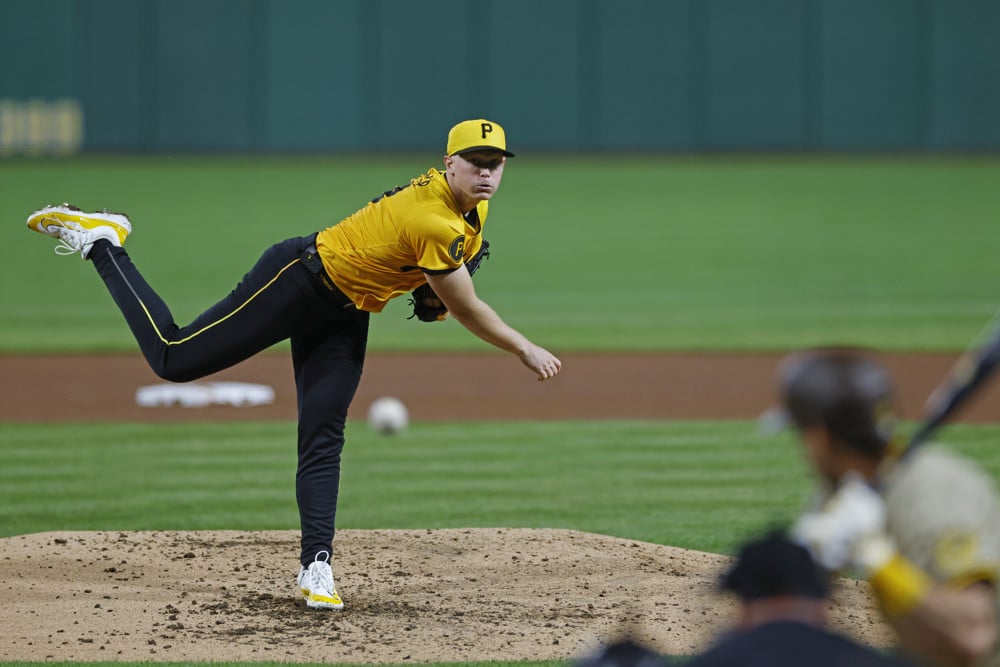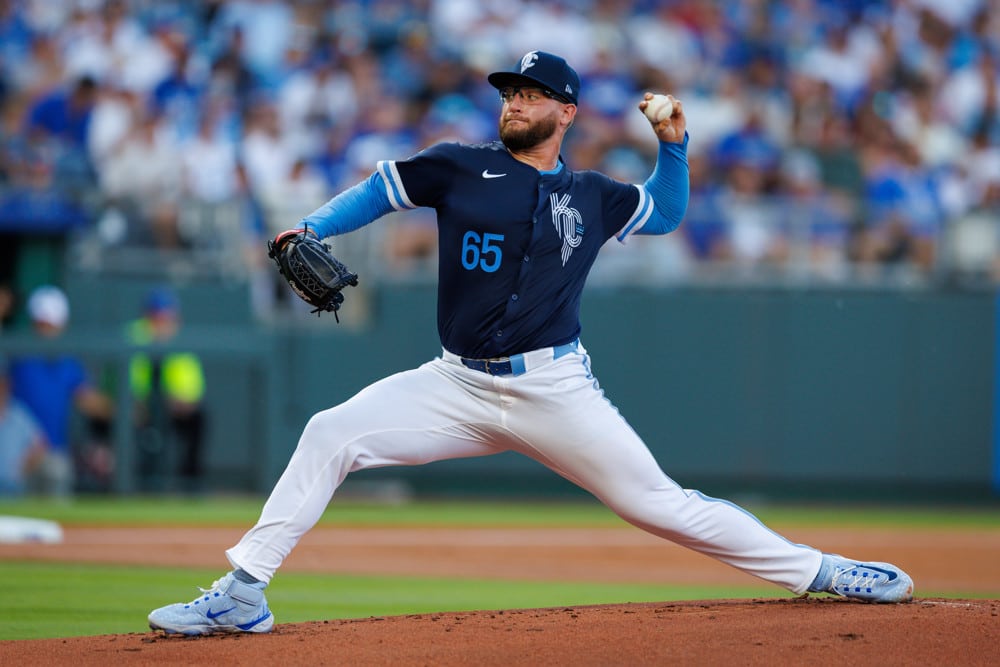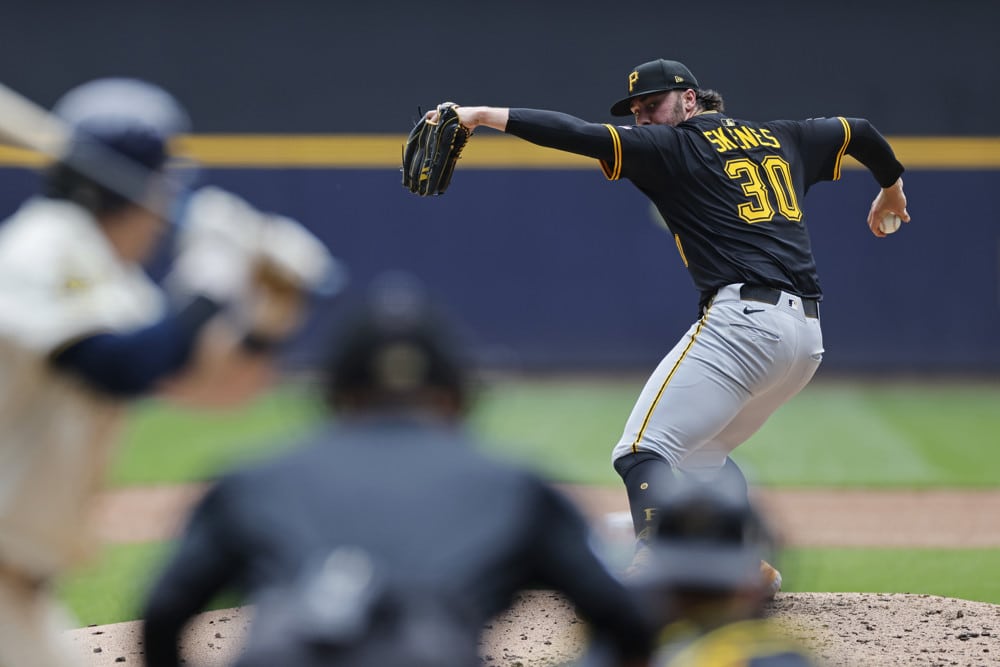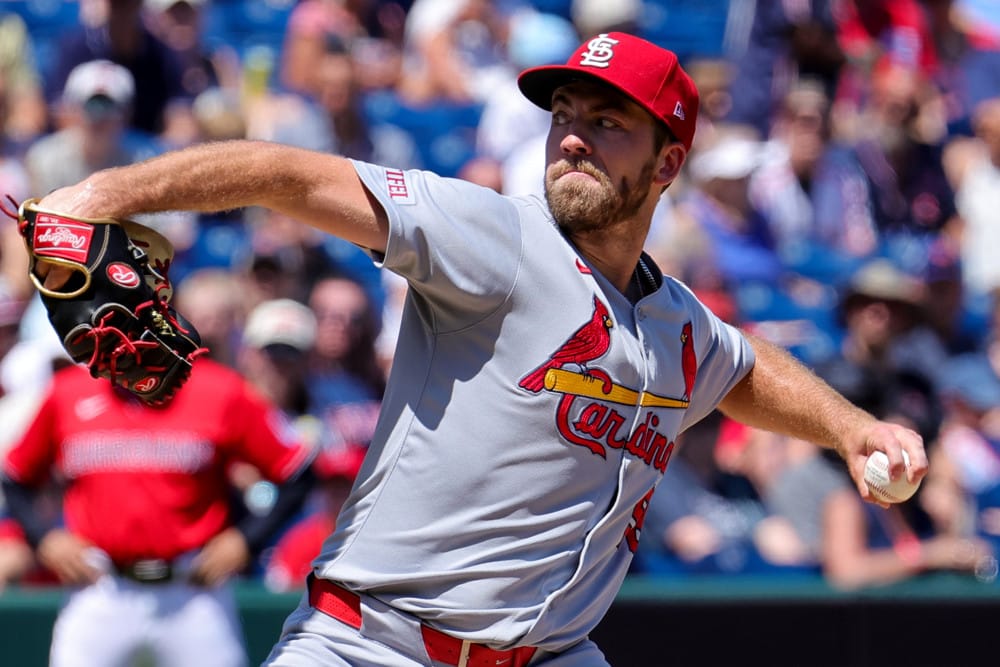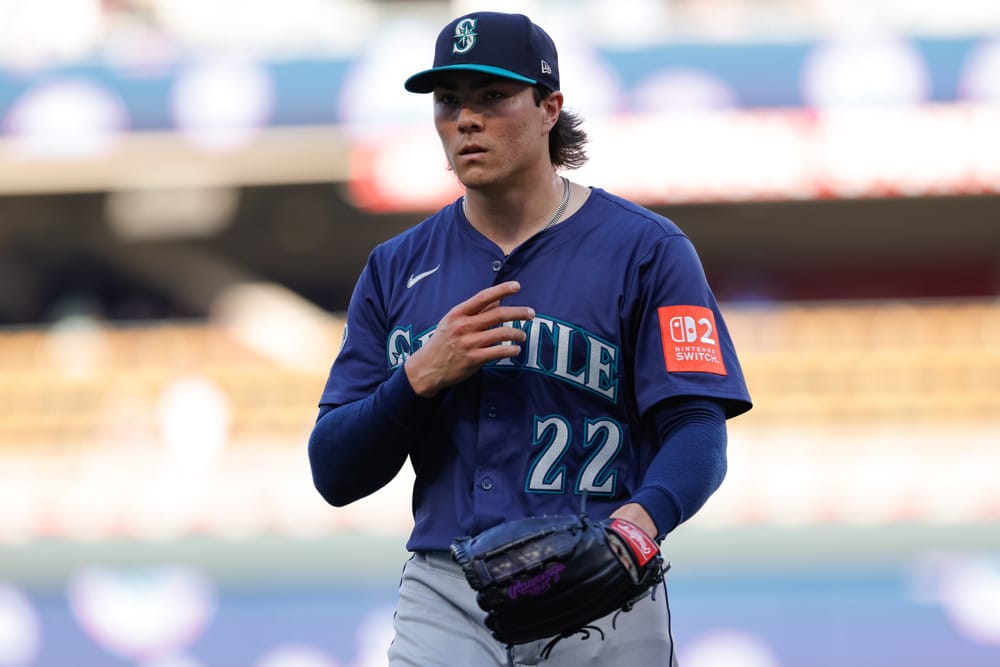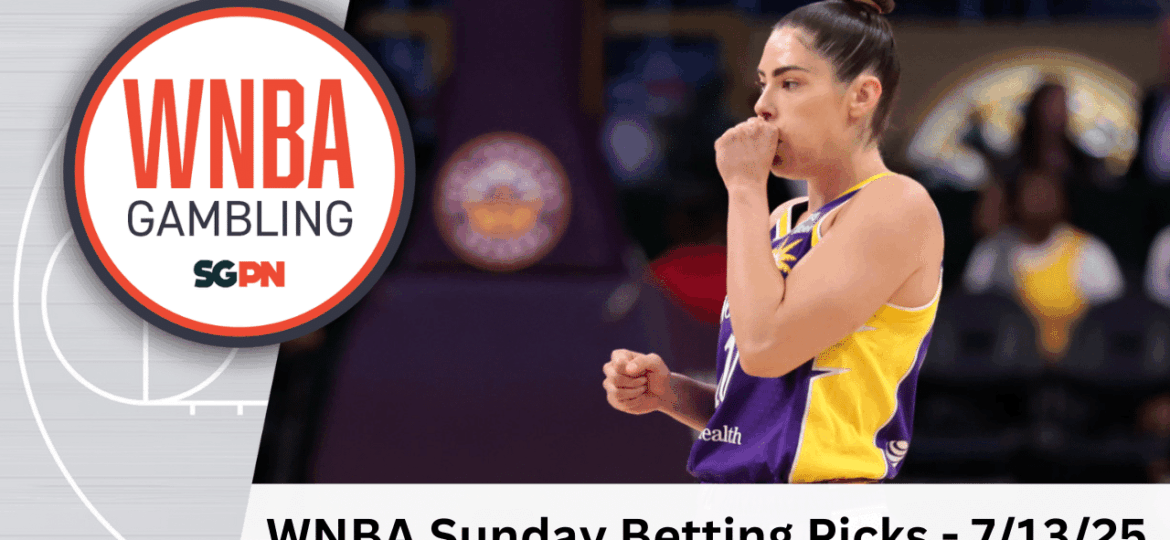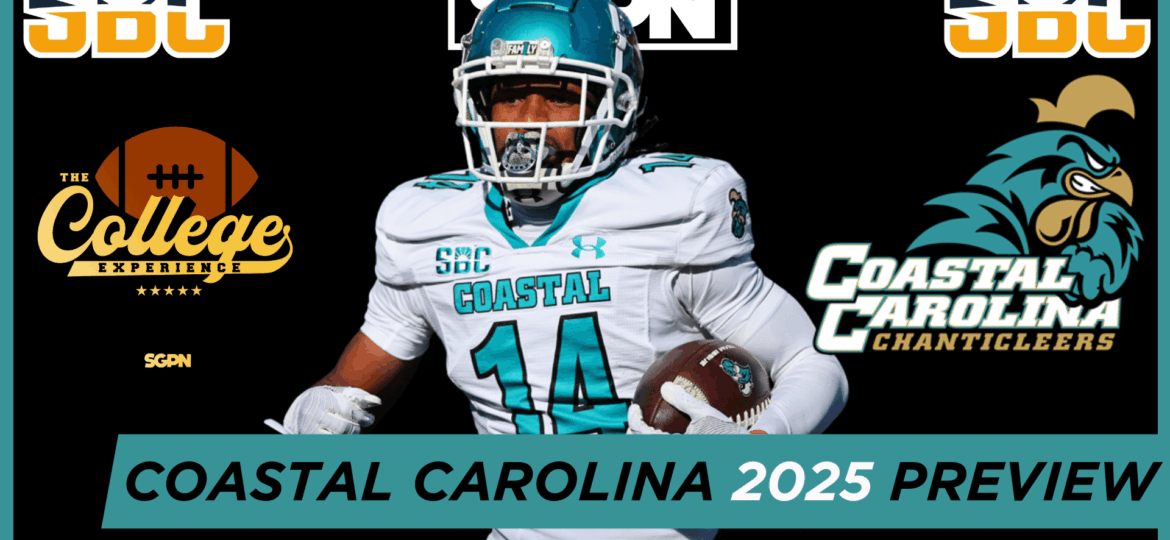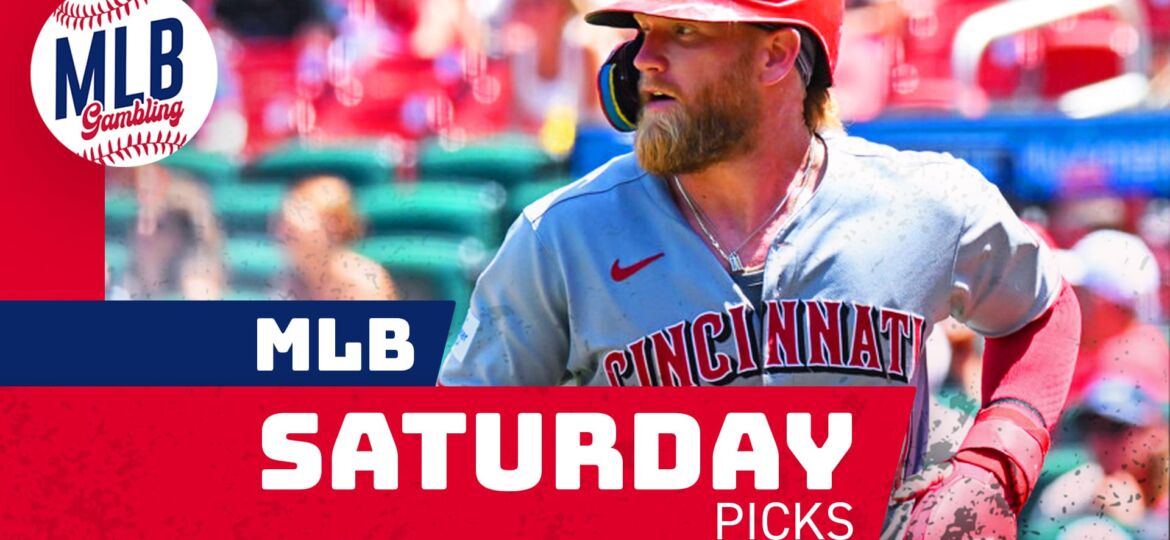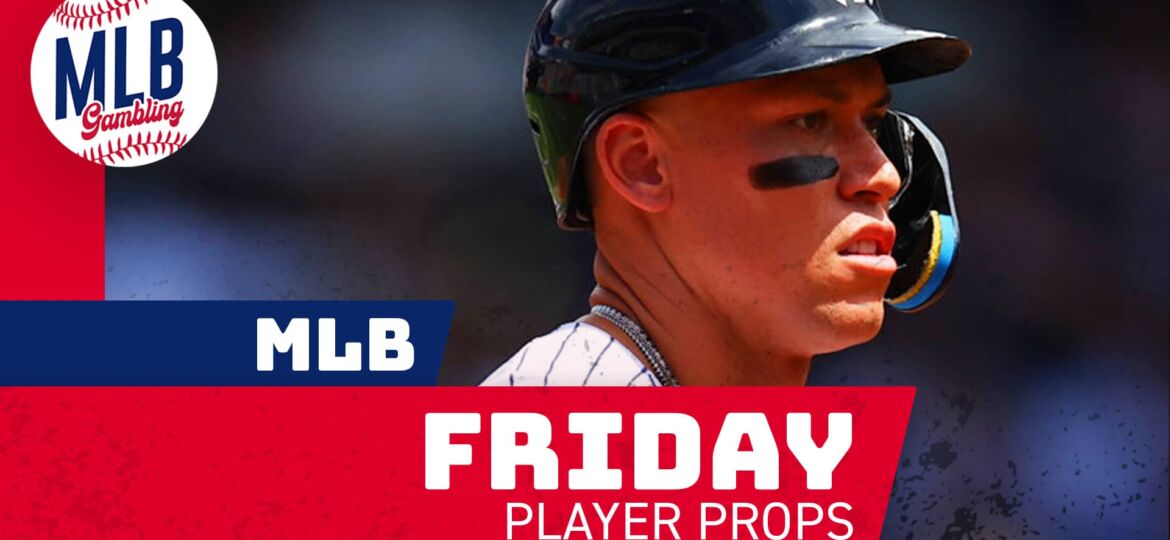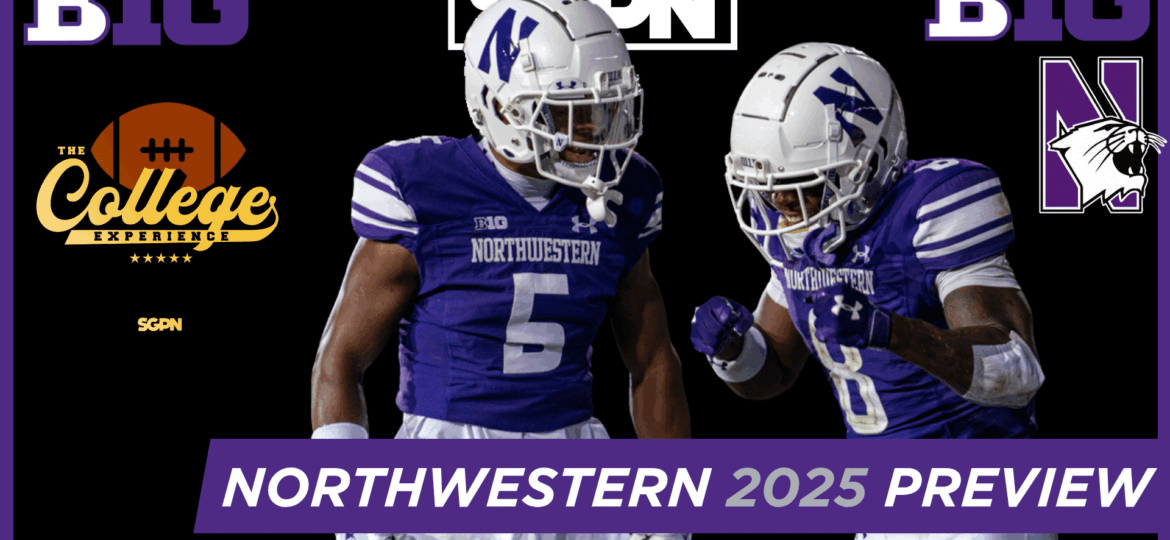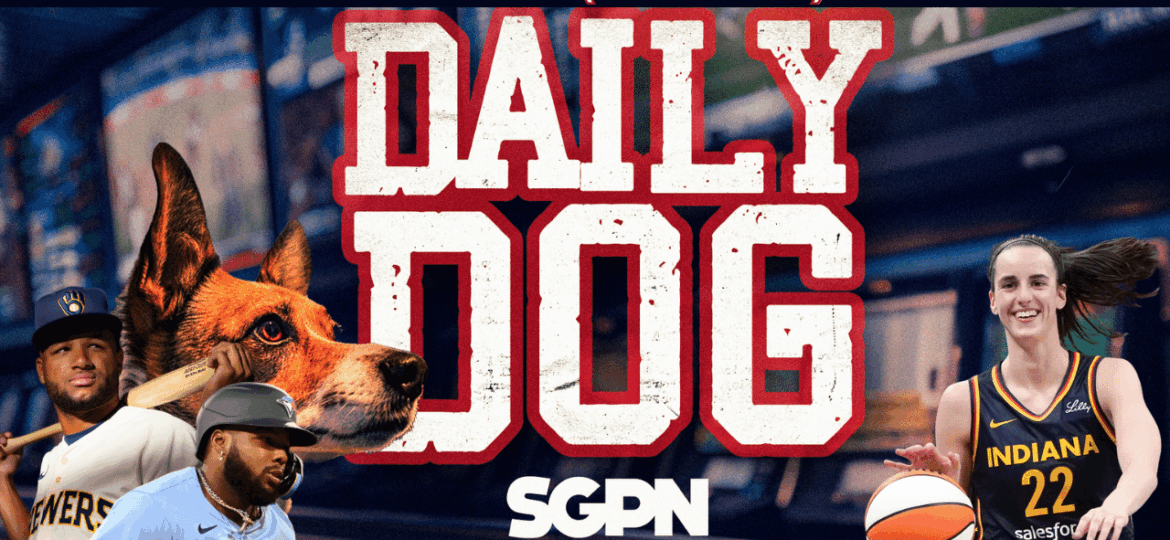Sports lines move all the time. For those of you who don’t know why, here’s a brief rundown:
Bookmakers make money off of the juice – that’s why they almost always offer -110 on point spread and totals bets (with the NHL being the glaring exception for reasons we’re not going to get into here).
Now, bookmakers will only make their money if people bet more or less equally on both sides of the line. When people are betting too heavily on one side of the line, bookmakers almost always want to adjust the line so that it’s less attractive for the side that’s getting a lot of bets.
That might be clear as mud, so here’s an example. Let’s say you’re betting the following line:
| Team | Spread (Odds) |
| Miami Heat | -7 (-110) |
| Sacramento Kings | +7 (-110) |
Now, imagine 80% of bettors are picking the Kings. The bookmaker might decide that their line is too soft on the Kings, and adjust it. The line might now look like this:
| Team | Spread (Odds) |
| Miami Heat | -3.5 (-110) |
| Sacramento Kings | +3.5 (-110) |
This is what we call the expected line movement. The line that’s getting more bets has a harder spread to beat, and the line that has fewer bets has an easier spread to beat. This should attract more bettors to put their money on the Heat, evening out the bets, and ensuring that the bookmakers get their juice.
What Is A Reverse Line Movement?
Imagine we have the exact same scenario we just described: the Heat have to beat a -7 spread, and most people are placing their money on the Kings.
Now, imagine the line is updated to look like this:
| Team | Spread (Odds) |
| Miami Heat | -10 (-110) |
| Sacramento Kings | +10 (-110) |
This movement doesn’t seem to make sense. If most bettors are already putting their money on the Kings, why would bookies want to encourage even more people to bet on them? This is what we call a reverse line movement.
How Do Reverse Line Movements Happen?
To understand reverse line movements, you have to know that not all bettors are created equally. You also have to know that some bettors wager a lot more money than others, and that even if the bets aren’t evenly distributed, the money can still be.
Sharps and squares
Professional bettors (sharps) tend to put a lot more cash on any given bet than their casual compatriots (squares). Bookies pay very close attention to professional bettors since, more often than not, they lose money to them.
A reverse line movement happens when a sharp (or a number of sharps) puts a lot of money on the unpopular side of a line. The line is then adjusted by bookmakers to discourage more sharp money from coming in.
Fixing the odds
When, suddenly, bookmakers have made it even easier for the Kings to beat the spread, they’re doing two things. First, they’re making the odds worse for sharps, which makes it less likely that more sharps will put in more money. Remember, if a lot of money from sharps is hitting the unpopular side, it means it’s likely the bookmaker has made a mistake.
Second, bookies will often adjust the odds so more money will come in on the popular side. It’s possible the sharps have, collectively, put in more cash than the squares. A reverse line movement helps balance out the cash on both sides of the line.
Can I take advantage of reverse line movements?
Yes – but don’t read into them too much. A reverse line movement is a single point in what should be a lot of data. When you see one, it doesn’t mean you should bet one side or another – it simply means that sharps have decided that the unpopular side of a line is good.
There are a number of problems with using reverse line movements alone to make your decision. You should ask yourself the following questions:
- Why are sharps betting on the unpopular side?
- With the adjusted line, is the unpopular side still worth betting on?
- Am I sure this is a reverse line movement? Where am I getting my data from?
- With all of this considered, is this piece of data relevant enough to change my betting strategy?
You can find software that purports to tell you when a reverse line movement has happened, but it’s often very difficult to figure out where the software gets its data from. So, stay safe out there.
Reverse line movement can be helpful, but they’re not the be all and end all of betting. You need to know what team to bet on (this guide to sports handicapping can help), how to manage your bankroll, and how to gather, compare, and draw conclusions from a slew of data points. Check out some of our sports gambling podcasts if you want to dive further into the wild world of sports betting!


